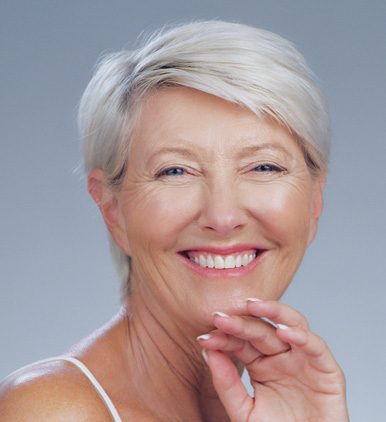The protein collagen provides skin with elasticity and structure and plays an important role in the production of new skin cells. The human body produces less collagen as it ages, and the collagen that it does produce breaks down faster than before. Result: Wrinkled, sagging, old-looking skin. Here are three proven ways to boost collagen levels…
Hydrolyzed collagen supplements. A 2021 meta-analysis by Brazilian researchers examined the results of 19 earlier studies and concluded that taking these supplements for 90 days reverses aging skin, reduces wrinkles and improves skin elasticity and hydration. The collagen supplements must contain hydrolyzed collagen (also known as collagen peptide protein or collagen hydro-sylate on product labels) to be effective—it is easier for the body to absorb than non-hydrolyzed collagen.
Red light therapy. Light with wavelengths between 620 and 750 nanometers penetrates deep into the skin, increasing skin cells’ collagen production, boosting elasticity and reducing wrinkles, according to several studies, including a 2020 paper by researchers at Downstate Health Sciences University. Skin-care specialists have been recommending red light for years, but only recently has there been strong evidence that it’s effective. These treatments are available from many estheticians, medispas and dermatologists…and at-home red-light devices are available. Examples: CurrentBody Skin LED Light Therapy Face Mask ($380,
CurrentBody.com) and LumeBox 2.0 ($629,
TheLumeBox.com).
Radiofrequency microneedling treatments. The latest treatment is offered under the name Morpheus8. It uses heat and lots of tiny needle pricks to cause many tiny injuries to the skin, stimulating collagen production as part of the body’s natural damage-repair process. It’s effective for rejuvenating aging skin, according to numerous studies. This isn’t a do-it-yourself treatment—it’s a pricy and somewhat uncomfortable procedure typically done at a medispa by an esthetician. Healing takes one to two days. Expect to pay perhaps $1,000 or more per session—you will need multiple sessions for the best results.


